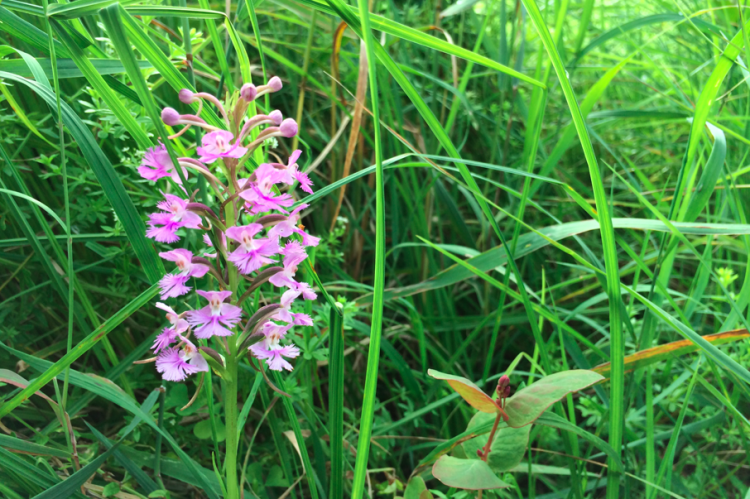Wetlands… Almost 7% of the Ruisseau Jackson: Natural Protected Area – and a much higher proportion around the river itself!
Wetlands purify and replenish our water. Wetlands act as a natural sponge against flooding and drought, and protect our coastlines. They burst with biodiversity, and are a vital means of storing carbon.
Unfortunately, these benefits are not widely known. Often viewed as wasteland, 64% of wetlands across the world have disappeared since 1900.
World Wetlands Day 2015 recalls these issues and offer the possibility to learn more. Wetlands are our future. We strongly support World Wetlands Day!
Make a pledge for wetlands. We did! http://www.worldwetlandsday.org/en/make-a-pledge
More information about our own wetlands
(Excerpts from an environmental characterization study, summer 2014)
[Translation]
The vast majority of wetlands we visited are marshes dominated by submerged and emergent graminoid herbaceous vegetation. The marshes are exclusively attached to riparian zones that have a direct hydrologic connection with Ruisseau Jackson or its tributaries. These environments are permanently flooded. The water level in the marshes varies with the weather and beaver activity. In some areas, fallow wetlands border the marshes.
Other wetlands in the watershed’s area of concern are swamps, which are dominated by woody shrubs or trees. These environments are often located on poorly drained soil where proximity to the water table keeps the area flooded for a good part of the year. There are many types of swamps in the Ruisseau Jackson watershed’s area of interest, including alder, swamp ash and swamp cedar groves.
Lastly, the watershed area also features peat bogs. These environments are characterized by a large natural accumulation of peat on soil that is rich in organic matter. Since the water table is often at the same level as the organic soil, the areas are often flooded most of the year. Some peat bogs are “open” or treeless, while others are in wooded areas.

